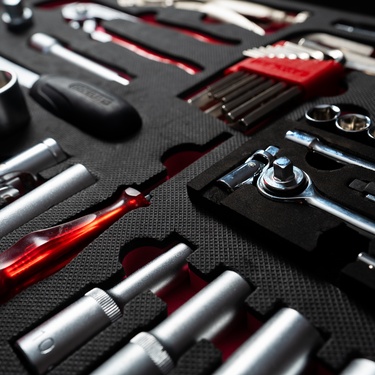
Artificial intelligence isn’t just a theory from science fiction anymore. It’s reshaping industries all over the world, and construction is right at the center of this shift. From automated machines on job sites to smart data analytics behind the scenes, AI's role in shaping the future of construction is about more than efficiency; it’s changing how people build, design, and manage structures. Instead of simple automation, we're seeing smarter, more responsive worksites that can adapt to challenges faster than ever.
How Does AI Improve Project Management?
Construction projects are famously complex, often involving tight budgets, shifting timelines, and endless moving parts. AI steps in as a kind of digital project assistant, studying massive amounts of data to spot issues before they happen. It can flag possible delays, predict cost overruns, and even suggest ways to allocate resources better.
Because less time goes into chasing down problems, project managers can focus on making informed decisions earlier, keeping timelines on track and budgets under control. By automating routine admin tasks, AI lets teams spend their time solving creative challenges, not just filling out paperwork or updating spreadsheets. The whole process becomes smoother, more efficient, and sometimes even a bit less stressful.
How Is AI Changing Safety and Design?
Keeping people safe is always the top concern on a construction site. AI-powered drones now scan worksites for dangers, while wearable devices keep an eye on worker fatigue and health. When something isn’t right, these tools send real-time alerts, preventing accidents before they happen and protecting everyone involved.
AI also brings a fresh approach to the design side of things. Generative design tools, for example, take the goals and requirements for a building and offer up an array of creative options that often consider ideas humans might not have thought of. These programs help create smarter, greener buildings by optimizing everything from material choices to energy usage.
AI isn’t just making design more creative; it’s changing how builders approach the “guts” of a structure, too. Many companies turn to advanced systems like process piping, which plays a vital role in the functionality of industrial and commercial buildings, and now AI tools help streamline these systems for greater reliability and efficiency. Smarter piping is a win for both the environment and the bottom line.
What Does AI Look Like on the Job Site?
AI isn’t just working out design kinks behind a computer. Out on the job site, robots and autonomous vehicles are taking on tough, repetitive, or even dangerous tasks so crews can work more safely and quickly. Here are a few ways AI gets its hands dirty.
- Bricklaying robots work with steady precision.
- Excavators and bulldozers follow site plans on their own.
- Robotic welders assemble steel frames independently.
With these tools, construction projects move along faster, with fewer errors and round-the-clock progress. As AI technology keeps advancing, construction sites will only get smarter and more connected.
It’s clear that AI's role in shaping the future of construction isn’t just a trend; it’s the blueprint for building safer, stronger, and more efficient spaces all over the world.
Bio: Casey is a passionate copyeditor highly motivated to provide compelling SEO content in the digital marketing space. Her expertise includes a vast range of industries from highly technical, consumer, and lifestyle-based, with an emphasis on attention to detail and readability.



















